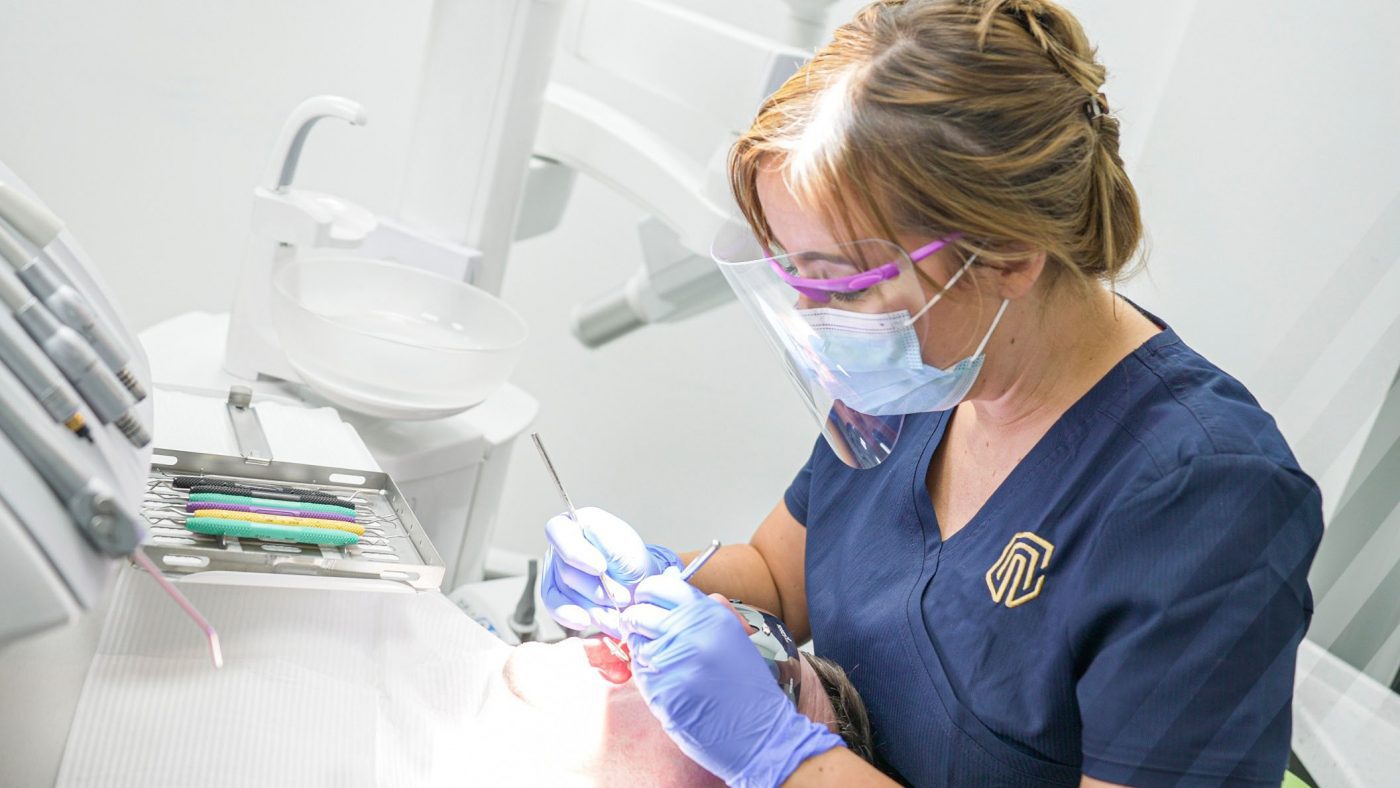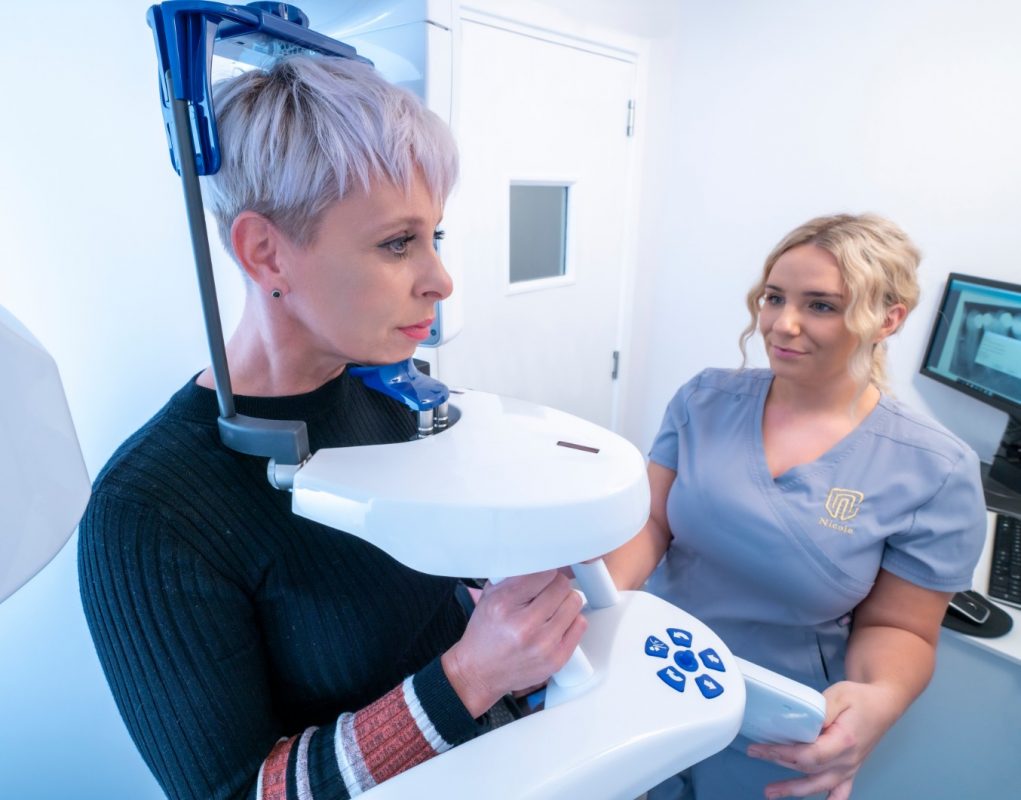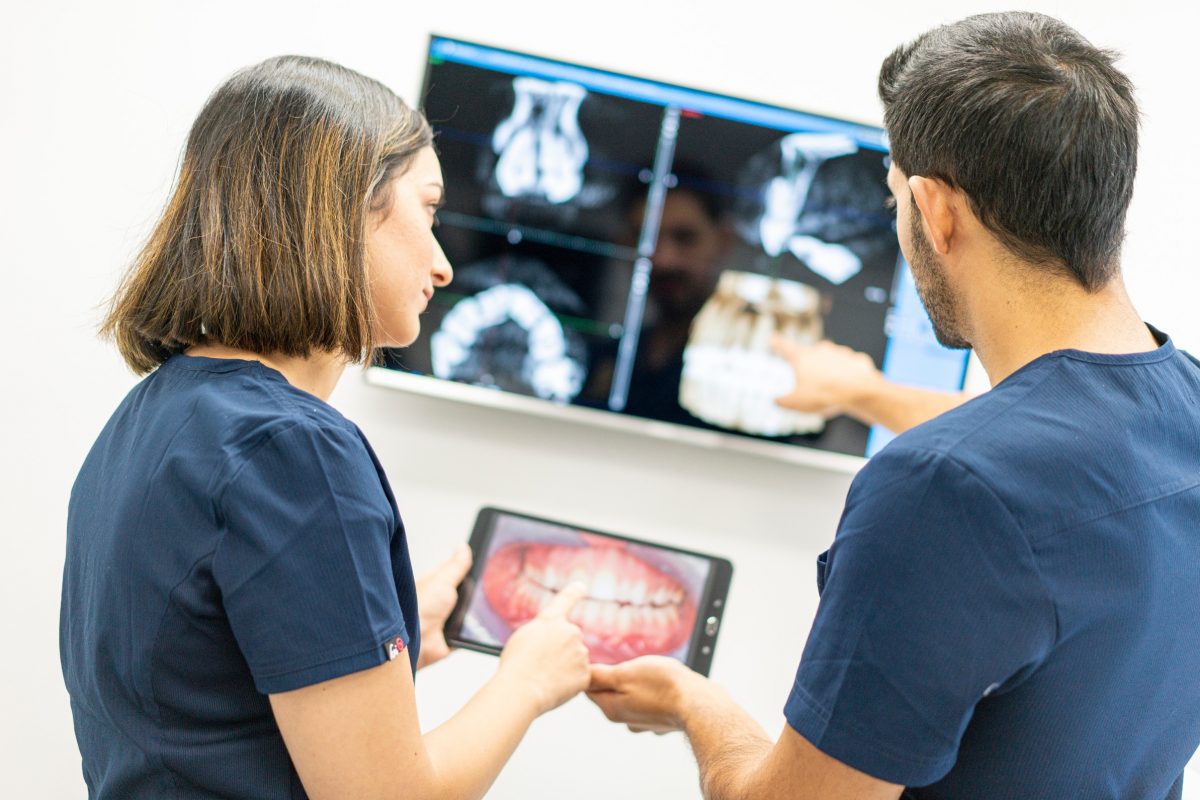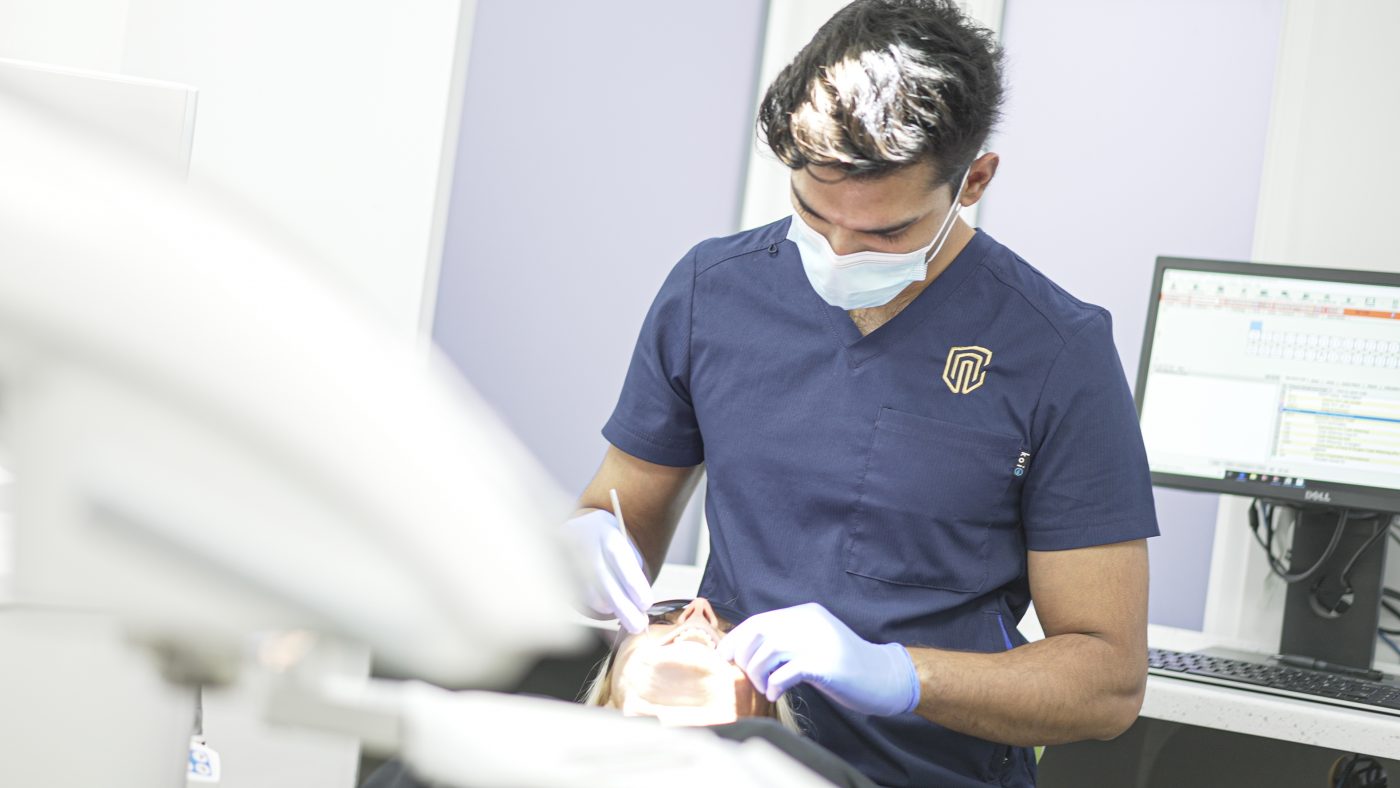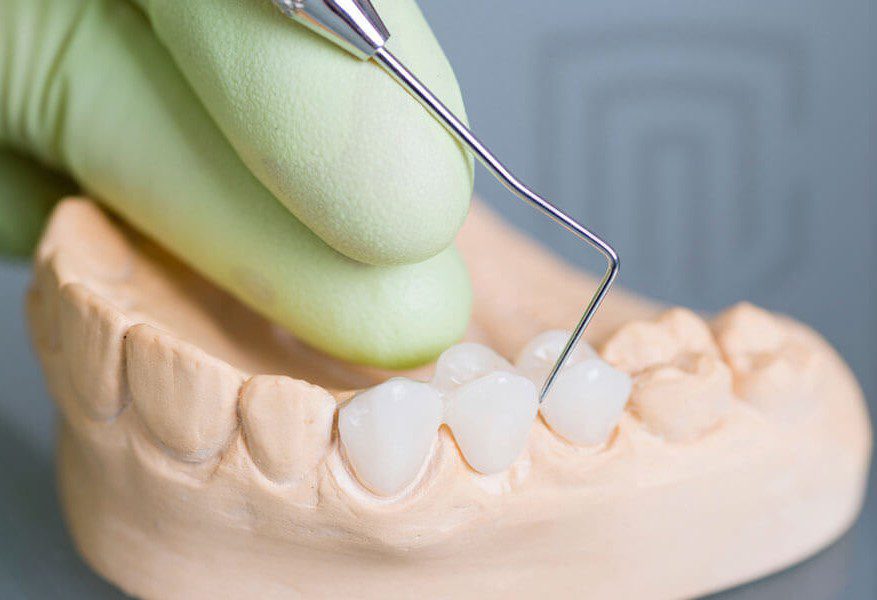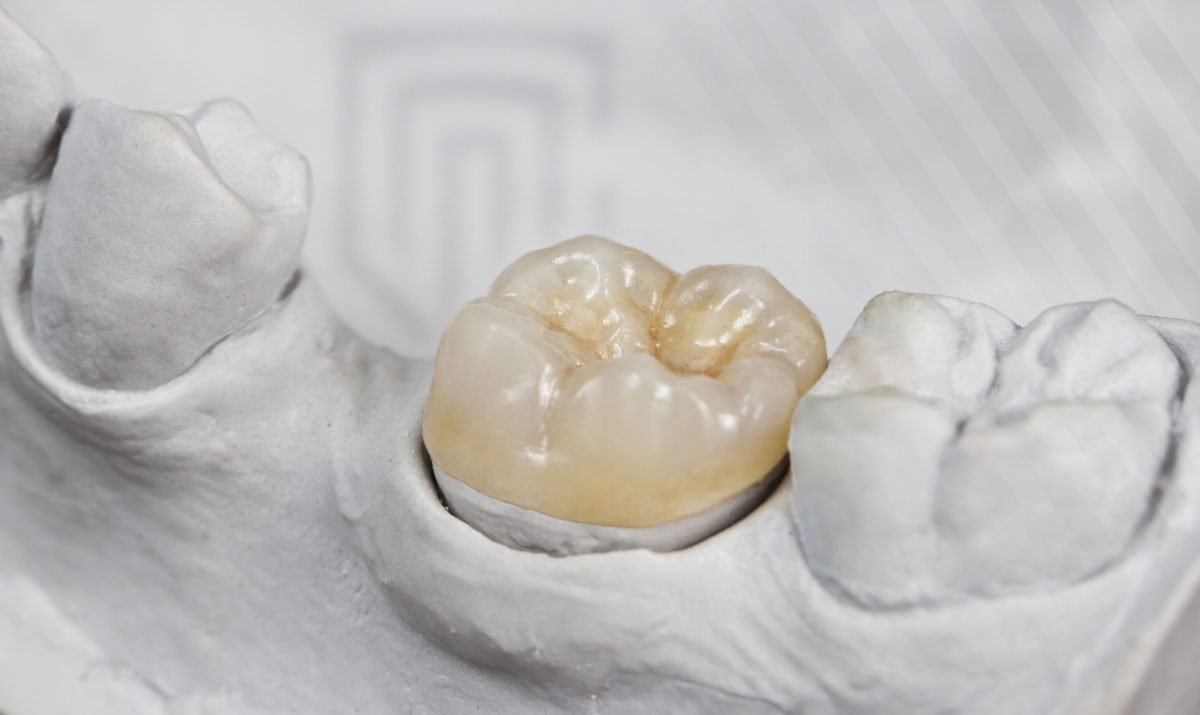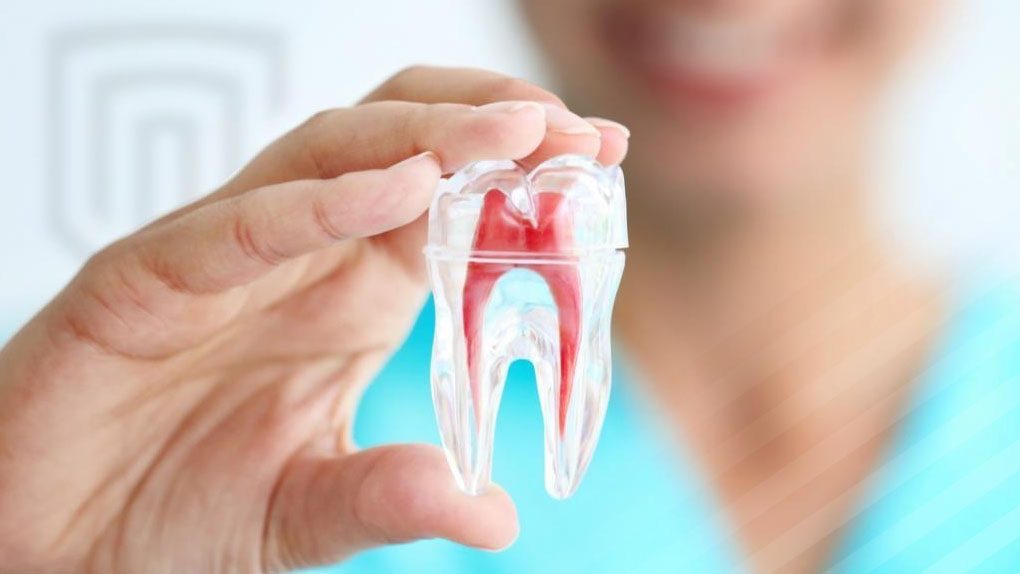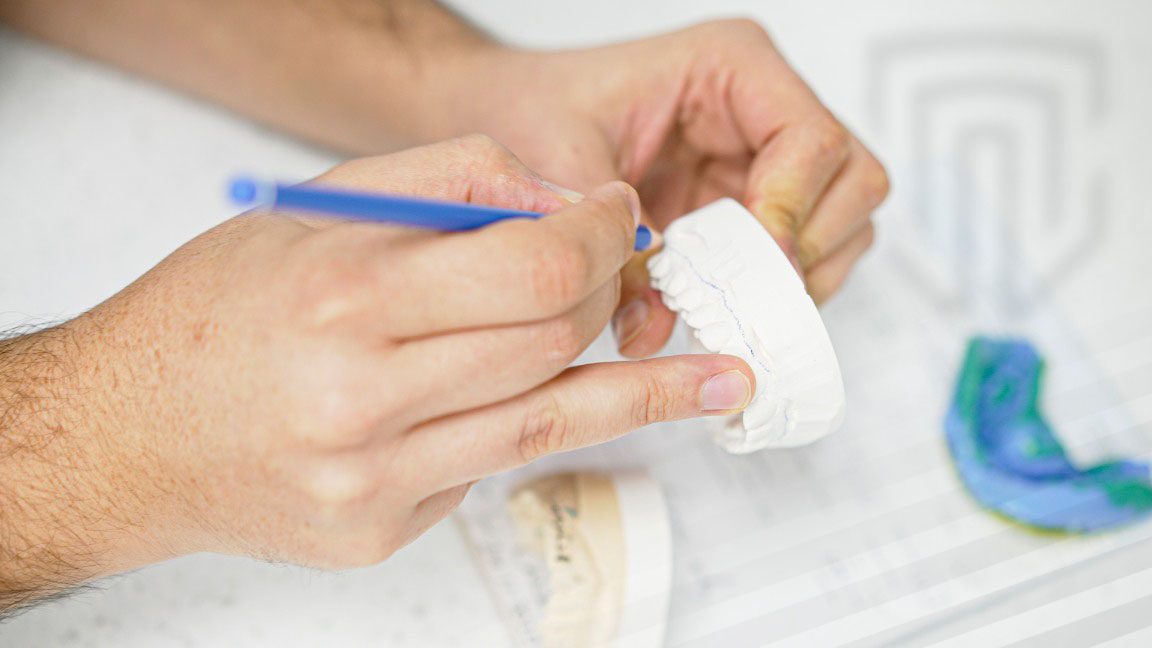If your tooth is damaged or decayed and can’t be repaired with a filling or crown first, your dentist may decide to remove (extract) the tooth as a last resort.
When your tooth can’t be repaired, tooth removal may be the best option for you. However your dentist will talk through your options with you during your consultation. If you think you might need a tooth extracted, please contact the practice and book an appointment.
The procedure: tooth removal
- Once you’re sitting comfortably in a chair, your dentist will inject a local anaesthetic into the area around your tooth or teeth. They’ll wait a few minutes to allow the injection to work and ask you a few questions to see if it’s taking effect.
- The roots of your tooth sit in a socket (hole) in your jaw. Your dentist will widen your tooth socket and gently loosen your tooth before they remove it. Sometimes your dentist may need to put a stitch in the empty socket to help it heal.
- You’ll feel some pressure in your mouth when you have a tooth removed but it shouldn’t be painful. If you do feel any pain, let your dentist know straight away.
If you have any questions or concerns, please contact us and we will be happy to talk you through it!
FAQS
There are lots of reasons why you might need to have a tooth removed. For example, if you have:
- Severe tooth decay
- Gum disease (periodontal disease)
- A broken tooth that can’t be repaired
- An abscess (a collection of pus) on your gums or around your teeth
- Crowded teeth – when your teeth don’t have enough space in your jaw
Your dentist will explain how to prepare for your procedure. They’ll ask about your dental and medical history. It’s important to let them know about any medical conditions, allergies or recent surgery, as well as any medicines you’re taking.
Your dentist will discuss with you what will happen before, including any pain you might have. If you’re unsure about anything, ask. No question is too small. Being fully informed will help you feel more at ease and will allow you to give your consent for the procedure to go ahead. We always like our patients to have eaten something in the hours before their extraction appointment.
You’ll usually have your tooth (or teeth) removed under a local anaesthetic. This completely blocks pain from your gums, although you’ll still feel pressure. You’ll stay awake during the procedure, so you’ll be aware of what’s happening. If you’re very anxious about having your tooth removed, it might be possible to have a sedative, which relieves anxiety, makes you feel sleepy and helps you to relax.
Having a general anaesthetic for an extraction is usually only an option for young children or adults with learning disabilities.
If you’re going to have a general anaesthetic, your dentist will refer you to a hospital to have your procedure.
Once you’re sitting comfortably in a chair, your dentist will inject a local anaesthetic into the area around your tooth or teeth. They’ll wait a few minutes to allow the injection to work and ask you a few questions to see if it’s taking effect.
The roots of your tooth sit in a socket (hole) in your gum. Your dentist will widen your tooth socket and gently loosen your tooth before they remove it. Sometimes your dentist may need to put a stitch in the empty socket to help it heal.
You’ll feel some pressure in your mouth when you have a tooth removed but it shouldn’t be painful. If you do feel any pain, let your dentist know straightaway.
If you have any questions or concerns, please contact us and we will be happy to talk you through it!
Your gum may bleed for a few minutes after you have your tooth taken out. Your dentist will give you a piece of soft padding to bite on to stop the bleeding and you’ll be able to go home once it’s stopped.
Before you go home, your dentist will give you advice about looking after your teeth and gums. They may recommend painkillers and an antibacterial mouthwash. You don’t always need a follow-up appointment after you’ve had a tooth removed. But if you had a complicated procedure, you might need to go back to see us so that we can check how you’re healing. You’ll be given a date for this while you’re in practice.
Most people can go back to their normal routine the same day. Only if you have a more difficult surgical extraction, will it take a few days to recover. See how you feel and follow our advice.
If you had a local anaesthetic, it may take a few hours before the feeling comes back into your mouth. Don’t have any hot food or drinks until it comes back otherwise you might burn or scald your mouth. Also take care not to bite your tongue, particularly when you speak, drink or eat. Rest as much as possible and keep your head up to reduce the bleeding.
Your mouth may feel sore once the anaesthetic wears off. If you need pain relief, you can take over-the-counter painkillers such as paracetamol or ibuprofen. We may suggest that you take paracetamol and ibuprofen together. Always read the patient information leaflet that comes with your medicines. If you have any questions, ask a pharmacist for advice.
Some people find that their pain is worse about three days after the procedure, but then settles down again within a week to 10 days. This is completely normal. If you’re in severe pain and it gets worse, contact us. We can check that nothing else is causing it, such as an infection.
Don’t rinse your mouth out for at least 24 hours after a tooth removal. This could disturb any blood clot that has formed, and you may start bleeding again.
After 24 hours, rinse gently with a salt water mouthwash (made using salt and hot, but not boiling water), four times a day to keep the area clean.
Eat soft, cold food once you first have your tooth removed so you don’t have to chew much.
If your gum bleeds, bite down on a clean pad of material such as a clean handkerchief for at least 15 minutes.
Don’t drink alcohol for at least 24 hours and don’t smoke for as long as possible, but at least for the rest of the day.
Brush your teeth but keep your toothbrush away from the healing wound to begin with, brushing closer to it each day. You could try softening your toothbrush in hot water before you brush.
You may have stitches, depending on which tooth was removed, and why. We may bring you back in to remove the stitches.
It’s important to brush the area carefully for three to four days after your surgery to stop food getting trapped. But be careful so you don’t dislodge any newly-formed blood clots that may have formed over your empty tooth socket.
After your tooth is removed, you may have some side-effects, which shouldn’t last long.
You’re likely to have some discomfort for a few days afterwards and you may have some swelling. You can use an ice pack or frozen peas wrapped in a towel to reduce the swelling. Your discomfort should settle down completely within about 10 days. You might have some bruising for a couple of weeks and your jaw may feel a little stiff for a week. Don’t force your jaw open if it’s stiff.
You might notice some bleeding for a day or two. The blood will be mixed with your saliva, which can make it look like there’s more blood than there actually is. But if the bleeding doesn’t stop after following the written instructions, contact us.
Complications are when problems occur during or after a procedure.
Complications of having a tooth removed include:
- Damage to other teeth. This might happen when your dentist removes your tooth, particularly if the teeth next to the one being removed have a large filling or crown. Sensitive teeth. The teeth next to the one that’s removed may feel sensitive and this may last several weeks.
- Poor healing. If the blood doesn’t clot in your tooth socket, it won’t heal properly. This is called dry socket and can be very painful. You’re more likely to develop dry socket if you smoke or take oral contraceptives. See us straightaway if you are concerned.
- A nerve injury. You might experience tingling, pins and needles or a numb feeling in your gum near the socket. This may be caused if your nerves are bruised during the procedure, but it won’t usually last long.
STILL HAVE A QUESTION?
Contact us at North Cardiff and Dental Implants on 029 2267 9999 to find out more about any of our treatments or book a consultation with one of our experienced clinicians.
